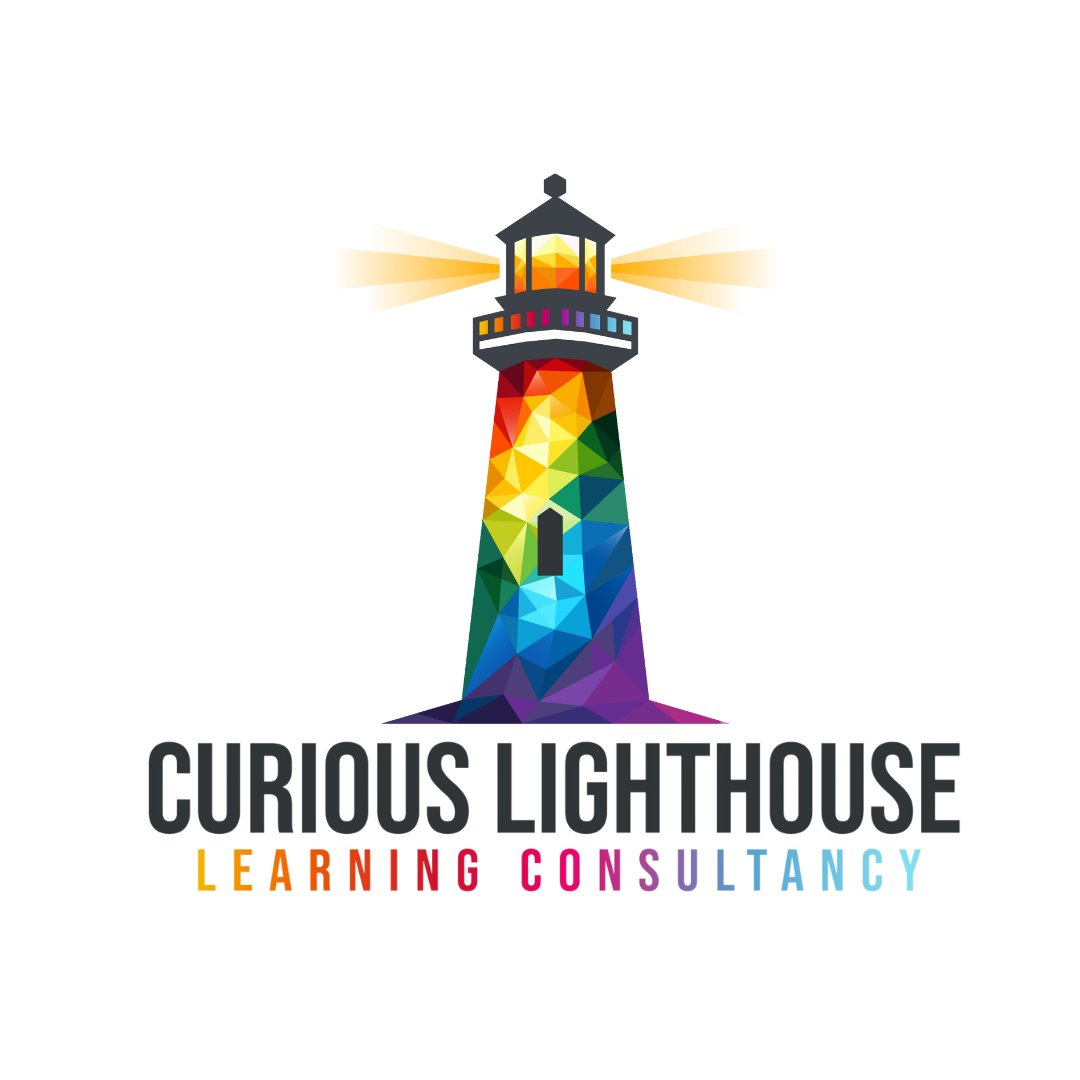|
"Creative learning is what takes place when the process of learning allows for creative exploration of a subject, time to digest knowledge before making a commitment to use it, and a culture of succeed or learn." - Nikie Forster L&D Consultant. Sound simple enough right? Well, yes and no. The trouble is we’re so use to receiving traditional training, where we expect to be given information and then construct action plans at the end of a session, we sometimes switch to autopilot. So, when someone rocks up and encourages us to find out the answers for ourselves… and oh by the way you don’t have to commit to anything at the end of the session, we can sometimes feel duped. What are we paying them for if I have to do all the work? How does Traditional Learning Techniques Differ from Creative Learning Principles? Traditional Learning Techniques
Creative Learning Principles
Why is Creative Learning Important?Ultimately, creative learning creates more independence, confidence and better decision making. As previously mentioned, a traditional approach is top down. ‘I have the correct answer, I will share it with you.’ This is often mirrored outside the training room with some managers coveting the ‘expert’ role. A creative learning approach is more collaborative. ‘I’ll help you explore what the answer could be.’ The more this is done, the more people seek collaboration and try things out for themselves, increasing innovation and self learning. Example of Traditional Training vs Creative LearningPicture the scene. A group have been asked to attend a management development training session. The group is split into two groups, they’ll cover the same topic, but group A’s trainer is a firm believer in traditional learning techniques, while group B’s trainer embraces creative learning principles. The following are just two possible ways these two trainers could approach this session. GETTING TO KNOW YOU Group A (Traditional Training). They kick off with a light icebreaker. The trainer has decided that ‘2 truths and a lie’ would be a good activity as it enables people to get to know each other better before they start the actual topic. Group B (Creative Learning). They kick off with a focused icebreaker. The trainer has decided to combine an activity that gets people to know each other, whilst also focusing in on their knowledge of the topic. The trainer asks the learners to construct a LEGO® Minifigure that represents how they see themselves as a manager, they then discuss what they chose and why. (The trainer makes a note of anything that needs extra attention in the session.) INITIAL TOPIC TRAINING Group A (Traditional Training). Throughout the first part of the session, the trainer is keen to share information and models that will aid the managers to become better in their day-to-day roles. There are PowerPoints, discussions, post-it notes, and role play to bring home the learning. The Trainer leads from the front and offers advice when tricky scenarios crop up. Group B (Creative Learning). Throughout the first part of the session, the trainer is keen to allow the learners to explore the topics by using ‘creative exploration’. They use props and activities to allow learners to discover possible answers. The trainer has prepared some models and stories to help the learners to dig deeper but will only use these if needed. DISCUSSION Group A (Traditional Training). Throughout the session, the trainer feels confident in presenting information to the learners and facilitating discussions by asking probing questions. Group B (Creative Learning). Throughout the session, the trainer feels confident in allowing the learners to explore. They facilitate discussions by allowing the learners to ask questions. CAPTURING LEARNING Group A (Traditional Training). Towards the end of the session, the trainer is keen for the learners to create action points. They believe this will drive transfer of learning back in the workplace. Group B (Creative Learning). Towards the end of the session, the trainer explains that the best ideas on how to use their new learning, may come to them after the session has ended. The trainer asks them to jot down any thoughts they may currently have, and then to review these ideas at a set time frame in the future and add to them. The trainer explains that a follow up session will be available to explore these thoughts further. AND FINALLY… Group A (Traditional Training). The trainer uses the final part of the session to recap on the key take away points and gain some feedback on how the session went. This session is now complete. Group B (Creative Learning). The trainer asks the learners to recap on the session and make a note of anything that would aid them further in this topic. An agreed time frame is set to review the learning and a story or activity is used to bring the session to a thoughtful close. No feedback is solicited at this stage, this will only be done after the review and via an online portal to allow people to create a considered response. Did you spot the differences? Before we go any further it’s important to say that there is nothing wrong with the traditional training outlined here. It’s a solid training session and learners will still go away having acquired some new knowledge. But the group that attended the creative learning session, will have had a much more immersive experience. And, because the session wasn’t closed down by agreeing to action points, they will feel more empowered to continue thinking about the topic and decide for themselves how they will apply their learning (with the help of the review session.) So, How Can You Increase the Creative Learning in Your Sessions?Here’s three ways to start introducing the concept of creative learning into your sessions.
About the Author Nikie Forster is the owner of Curious Lighthouse Learning Consultancy Ltd, focusing on increasing competence and confidence in Managers & Trainers. For over 20 years, Nikie has used elements of creative learning in her training, but it was only in more recent years that she realised that her 3-point creative learning principles could benefit other trainers and facilitators to increase engagement in their own sessions.
One of the many props Nikie uses to aid creative learning is LEGO®. To find out more head to: https://www.curiouslighthouse.co.uk/learning-and-development.html LEGO® is great for gaining engagement and involvement in sessions, BUT as an L&D professional my eye is firmly on the underlying learning principles, one of which is the debrief.
Without a purposeful debrief you’re simply playing with LEGO®! Here’s just a few things to keep in mind:
This is just one of the things we discuss in the ‘LEGO® Workshop for Training Teams and L&D Professionals’. Check out the full content here: https://www.curiouslighthouse.co.uk/lego-workshop.html #curiouslighthouse #learningwithlego #learninganddevelopment “I like the idea of using LEGO® in my session, but don’t want to go full in yet. Do you have a quick activity I could try out?”
This is a question I get asked a lot, so I thought I'd share a possible discussion starter as an example of how you can use LEGO® in a session, without making it the main focus.
Perception discussion starter
This short activity is good because there are no perceived right or wrong answers. It also allows everyone to have time to think about the topic before you launch into any theory or deeper discussion. Want to find out more about learning with LEGO®? Check out: https://www.curiouslighthouse.co.uk/learning-with-lego-courses.html #curiouslighthouse #learningwithlego #learninganddevelopment How cool is this?
This map shows all the different places around the world where people have bought my online Lego courses! Right now there are people in 27 different countries considering using Lego activities in their training, facilitation, and coaching sessions to help increase engagement and retention of learning: 1. Germany 2. United Kingdom 3. Switzerland 4. United States of America 5. Austria 6. Australia 7. Brazil 8. Hong Kong 9. Mexico 10. Pakistan 11. Argentina 12. Belgium 13. Canada 14. China 15. Denmark 16. Spain 17. Hungary 18. Indonesia 19. Ireland 20. India 21. Japan 22. South Korea 23. Montenegro 24. Malaysia 25. Poland 26. Thailand 27. South Africa I feel very privileged to be able to connect with such a wide range of people. Want to see what all the fuss is about? Check out the link to see all the courses: www.curiouslighthouse.co.uk/learning-with-lego-courses.html #curiouslighthouse #legoseriousplay #learninganddevelopment As my group of delegates dashed around the room collecting bits of Minifigures and rummaging through the pots of accessories to work out which best suited their style of management, I grinned to myself. I'd invented such a great activity, why weren't any of my peers using LEGO® in their learning sessions too? I took to social media to share (after all that's what we do in Learning and Development... We share.) I announced to the world I'd come up with a great activity using LEGO® and everyone should try it. Turns out, many people already had! After a short period of slight dejection (I wasn't the genius I thought I was!) I realised this was actually a good thing. More people, means more ideas! So, I went on a hunt to find out more and that's when I realised it. There were vast communities, all over the world, all talking about and successfully using LEGO® in their sessions! But these people were all talking about something called LEGO® SERIOUS PLAY® (LSP)... And this LSP seemed to come with rules and certifications and rather more seriousness than play. So, I simply carried on with my own version and found myself calling it ‘Learning with LEGO®’ instead. Fast-forward 5 years and I’ve created and hosted many of my own LEGO® activities, but I’ve also learnt an awful lot more about LSP and have become much more comfortable with my relationship with LEGO® and when to call it LSP and when to call it Learning with LEGO®. So, what are the fine lines between Lego® Serious Play® and Learning with LEGO®? Do you have to be certified to host Lego® Serious Play®? In a nutshell... No! This was very confusing for me when I first found out about LSP. I have many professional qualifications in L&D and thinking that I had to spend a couple of grand to call myself qualified to use something I was already using, was a big turn off. Then, I found out that when LEGO® first rolled this out, they did indeed run certifications. BUT, in 2010 they made the whole thing open source, meaning anyone can run a LSP session if they follow these guidelines. So why are their certification courses for LSP? Having looked at a few of these courses, it looks like they are focusing on facilitation skills with the LSP methodologies as the underpinning focus. I’m not knocking doing a course and having hands on experience of learning new activities, but you don’t have to be certified in it to host a LSP event, you do however have to know how to facilitate well. Where can I find information about Lego® Serious Play® and Learning with LEGO®Whether you are going to host an LSP session, or a session that uses LEGO® activities, reading the Open-Source guide is really helpful to understand the difference between the two. It also gives you some good techniques in using LEGO® in your learning. But remember at the end of the day, an event should be about the learner, not about the LEGO®. It is simply one of the many props and processes you can use to help learners achieve their goals, so I’d strongly recommend further reading on the latest research around learning too. (I'd also recommend reading the great articles in the LSP Connect Magazine - It's free too!) Or, if you're interested in learning more about using LEGO® based activities in your training, facilitation, or coaching then check out the Learning with LEGO online course there are 26 Lego activity, all with video demonstrations, worksheets and shopping lists! So, why Use Lego® in Your Training, Facilitation, or Coaching Session?The process of making something, which is then discussed, can lead to much more valuable, insightful and honest discussions than simply posing a question and expecting everyone to have an input. Imagine using this in your training, facilitation or coaching sessions, where normally quieter participants often don't share their inner thoughts, and extroverted participants forget to reflect!
I often use LEGO® activities as discussion starters often flowing into other L&D methods to continue the learning to an outcome. Like any other activity in Learning, LEGO® is simply a prop to aid discussion. As such, it still needs to be considered with the topic and audience to ensure it’s the right thing to use. In Summary All-in-all, I like the idea of LSP, but I love Learning & Development more. Me, my Minifigures and accessories have a special bond and whether I invented the activity or not, it remains one of the best discussion openers I’ve come across and will be enjoying using LEGO® for many years to come. CLICK HERE to check out Free resource on Lego activities |
Categories
All
Nikie ForsterLearning doesn't just happen in a training session. It happens all around us! Follow my ramblings and continue to see the world in a different light! Archives
July 2024
|
Developing the people, who develop your people
|
Throughout this website you will see reference to using LEGO® bricks. The LEGO Group does not sponsor, authorise or endorse Curious Lighthouse Learning Consultancy Ltd.
©2024 The LEGO Group – LEGO® SERIOUS PLAY®, the Minifigure and the Brick and Knob configurations are trademarks of the LEGO Group. Any activity using the LEGO® SERIOUS PLAY® approach, method and materials build on the LEGO® SERIOUS PLAY® Open-source guidelines made available by the LEGO Group under a Creative Commons licence. |
Copyright © 2015-2024 Curious Lighthouse Learning Consultancy Limited. ALL RIGHTS RESERVED |
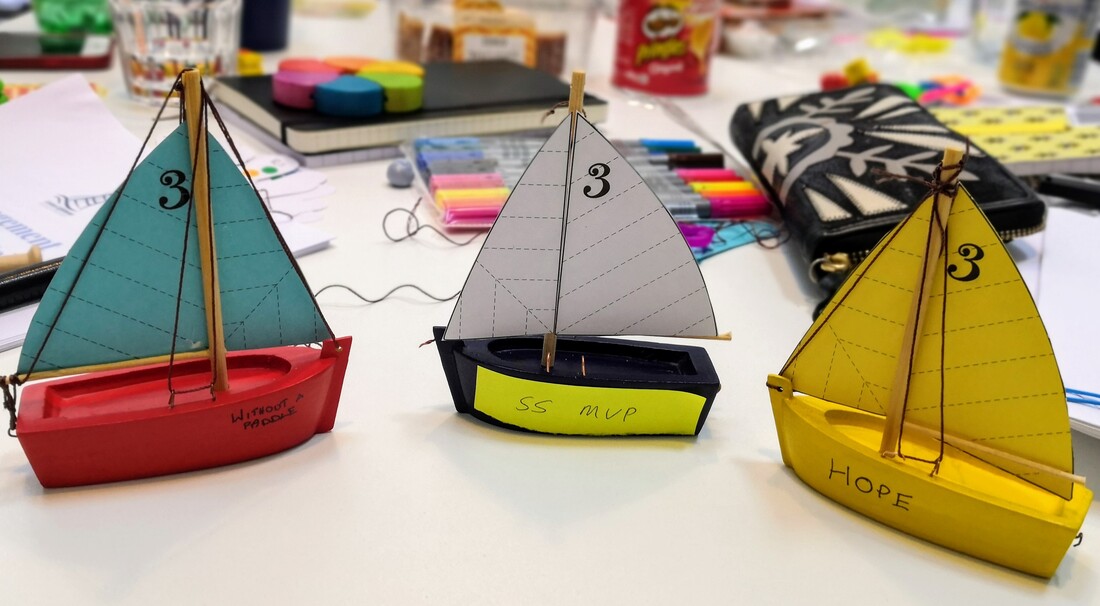
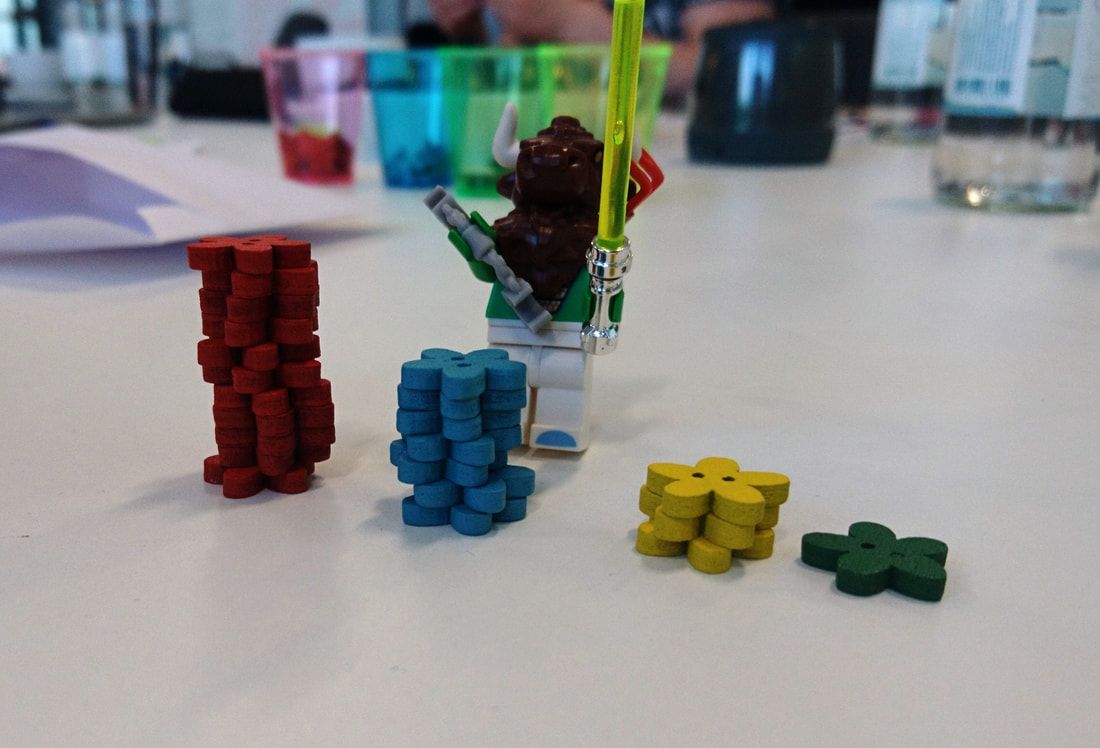
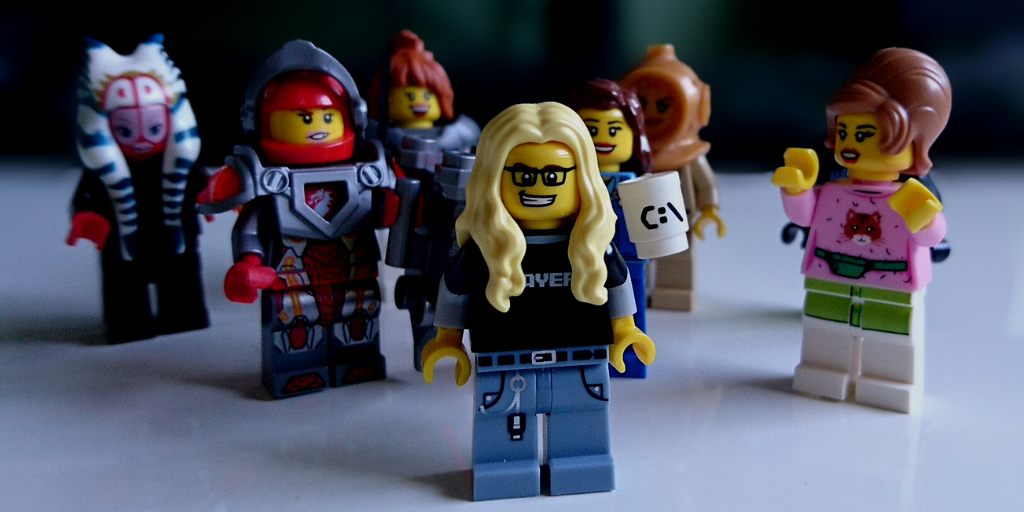
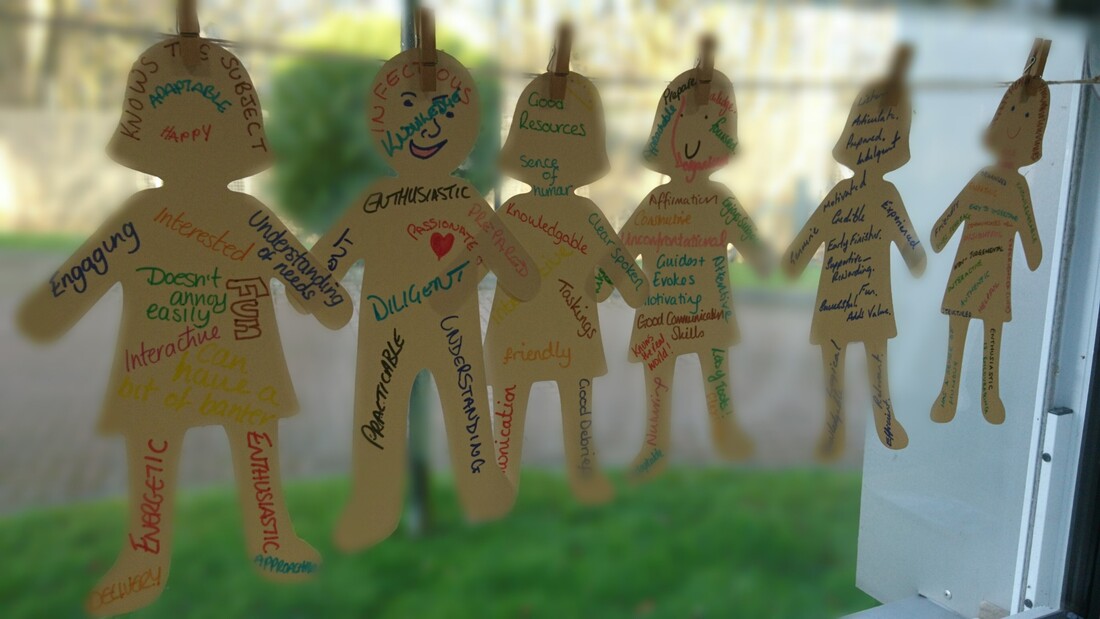
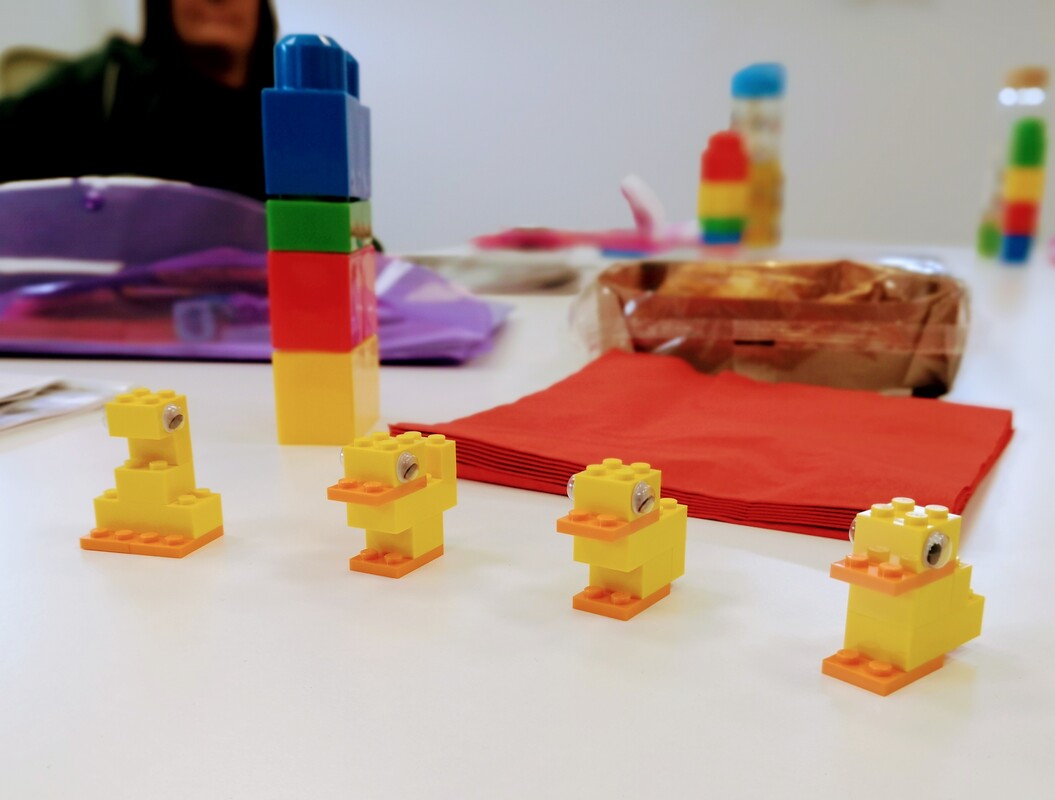
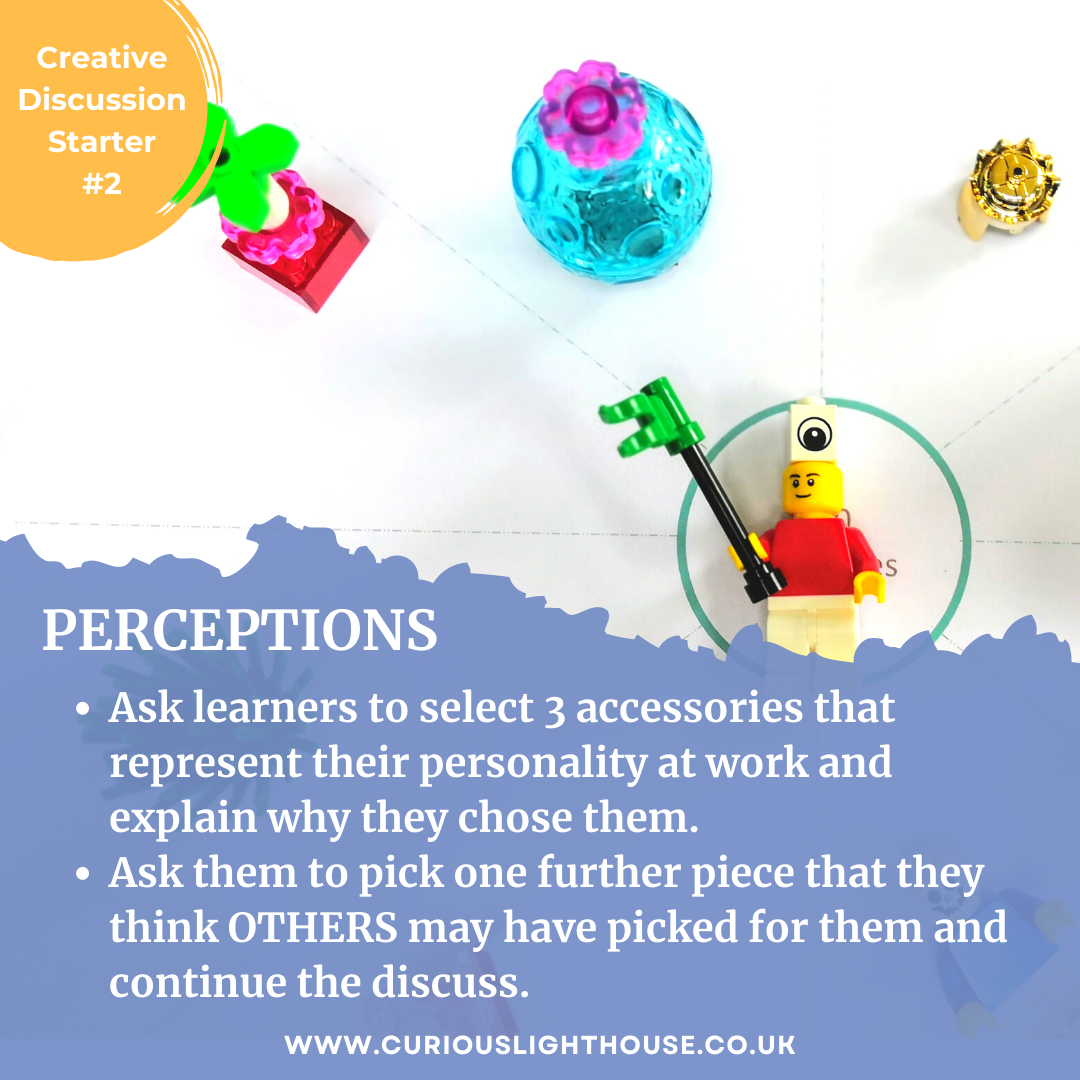
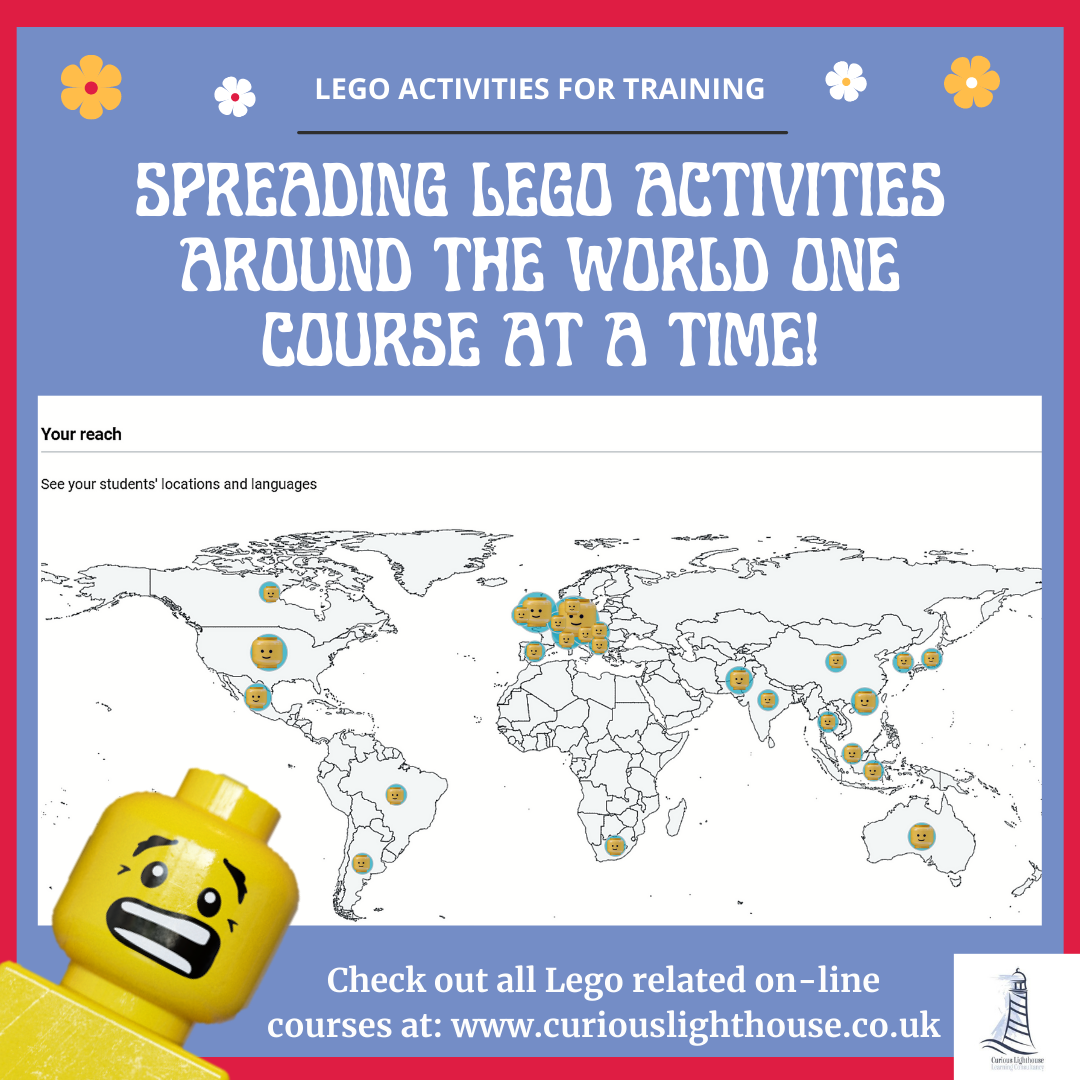
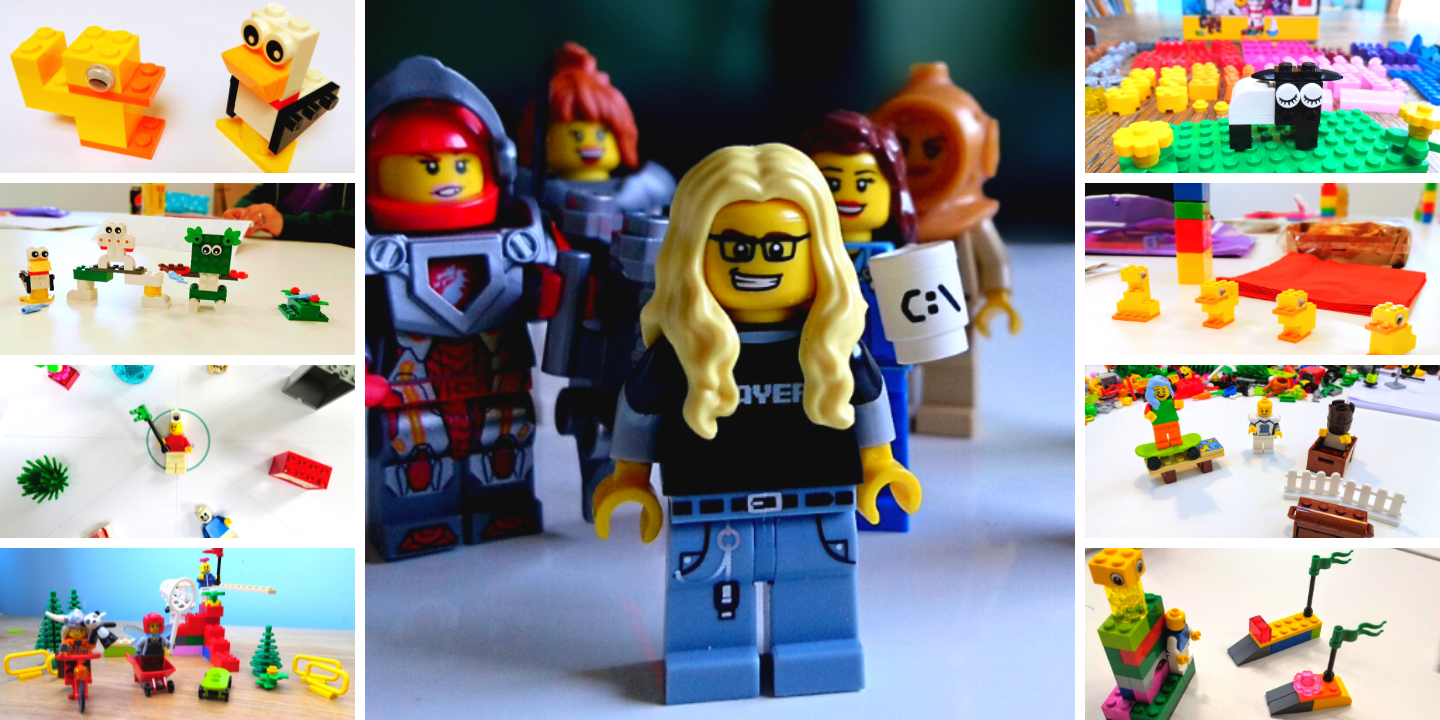
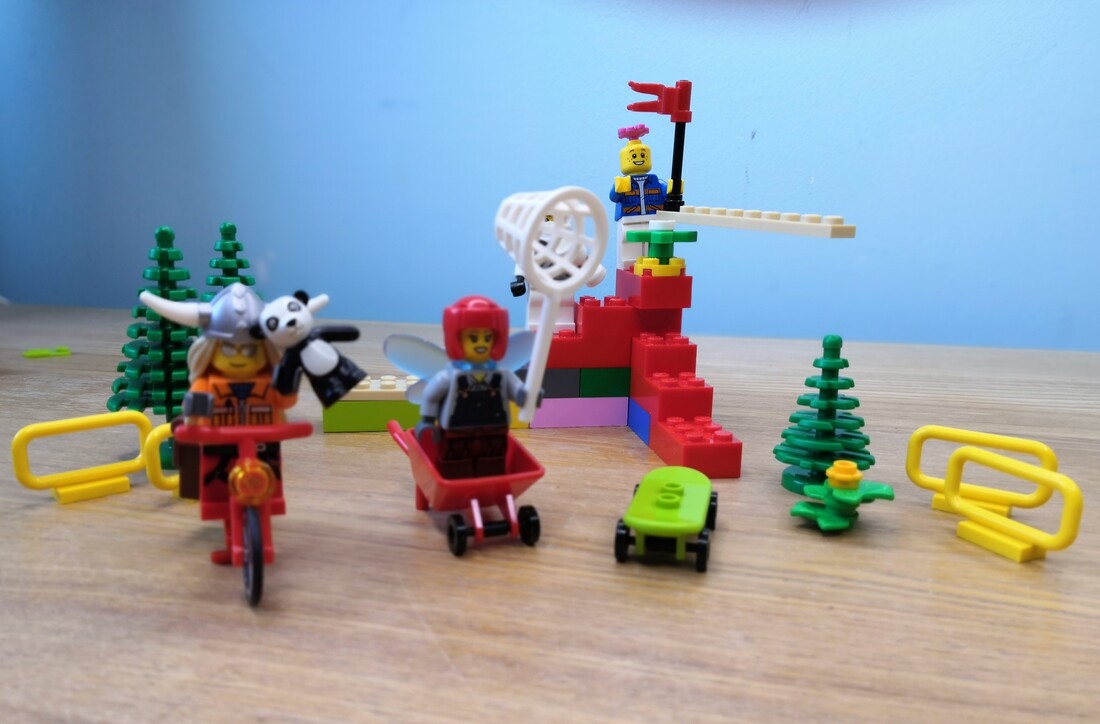
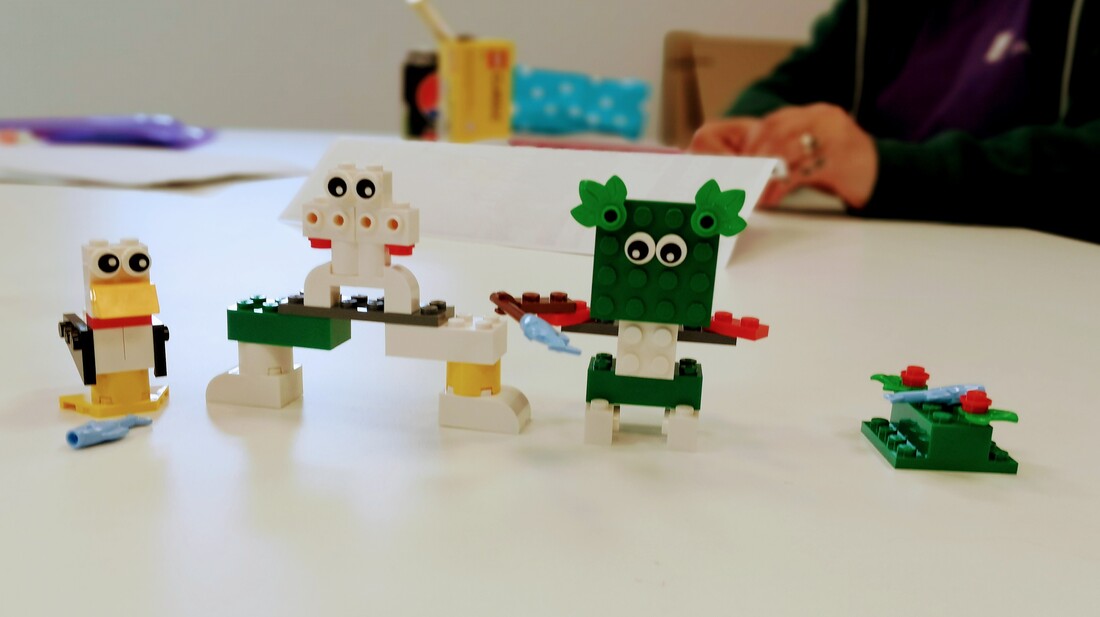
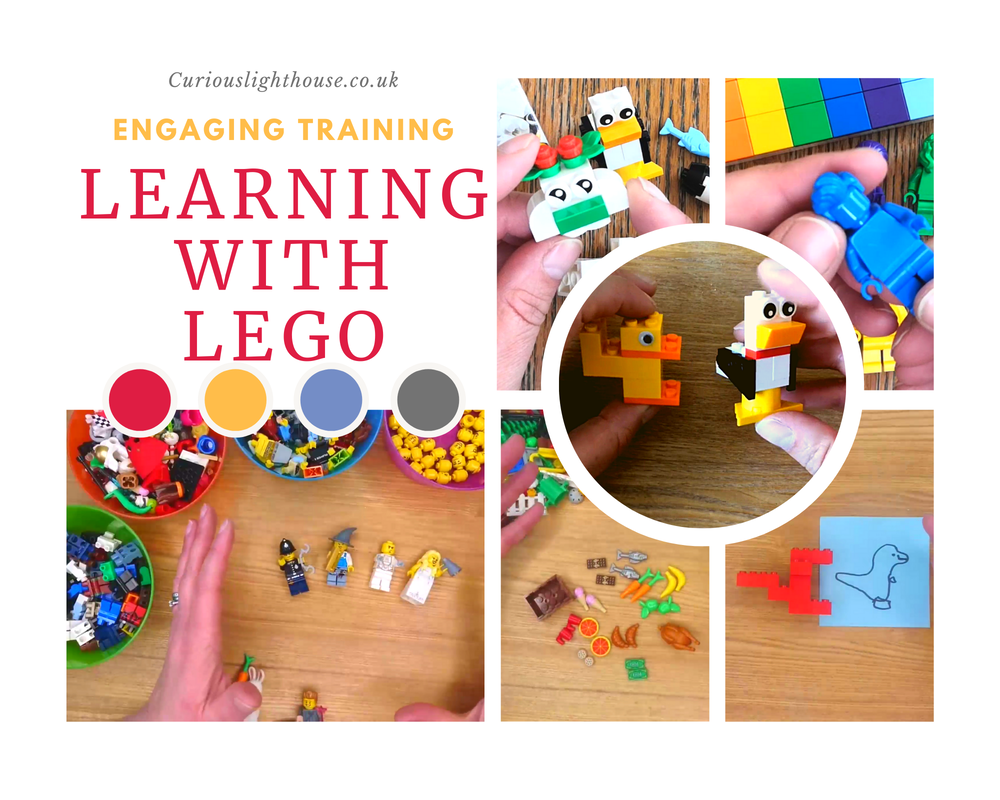
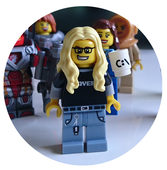
 RSS Feed
RSS Feed
